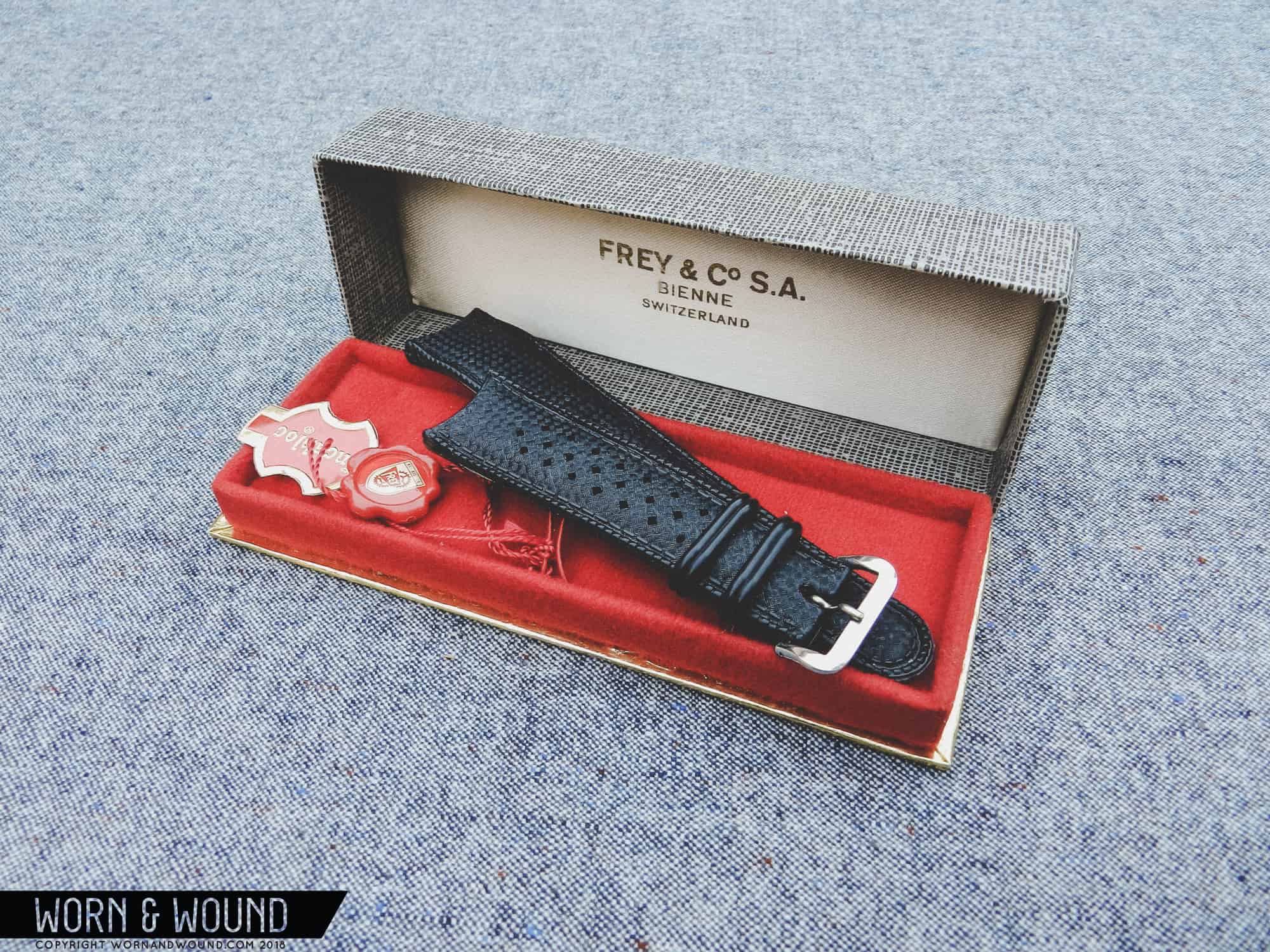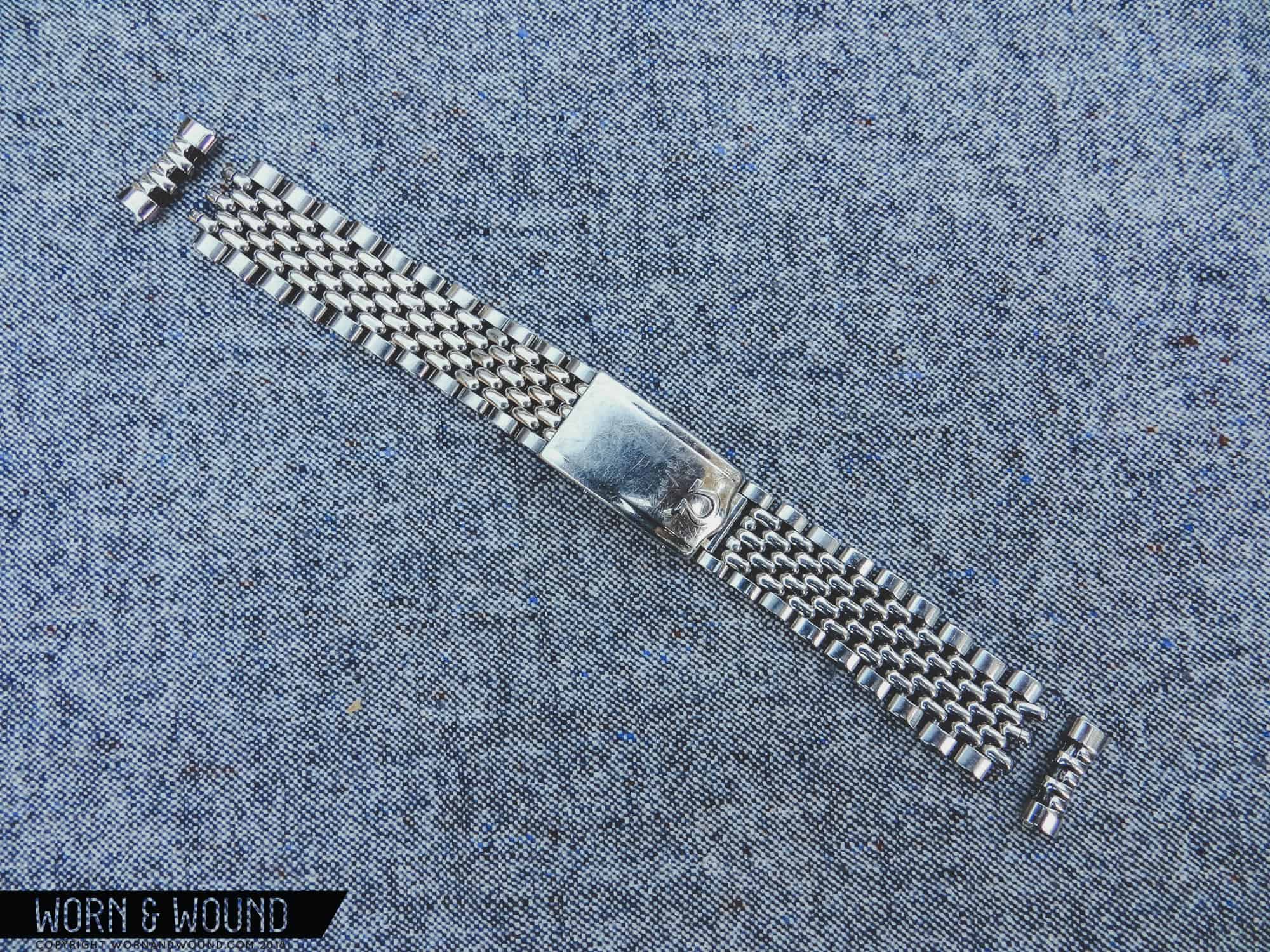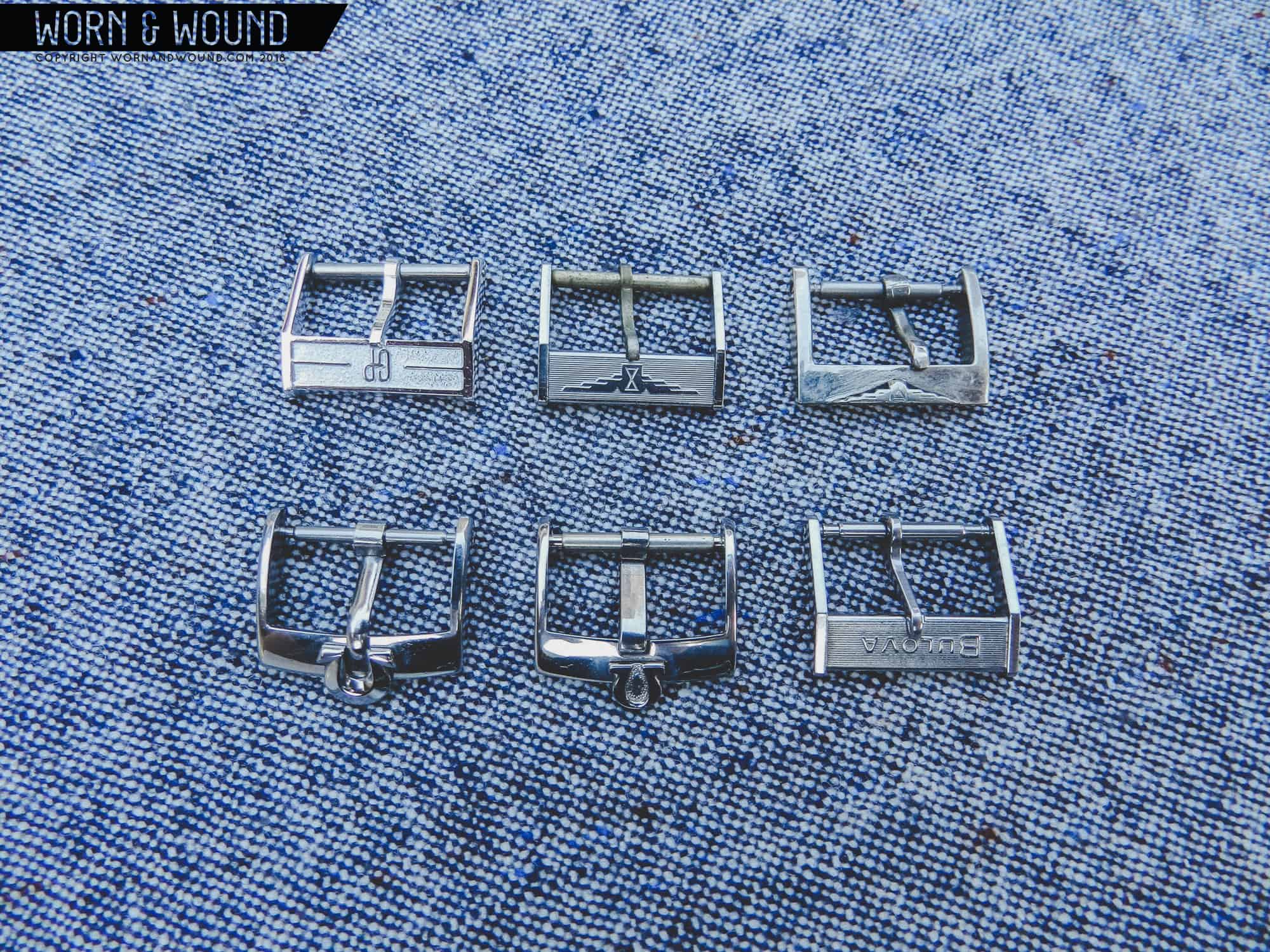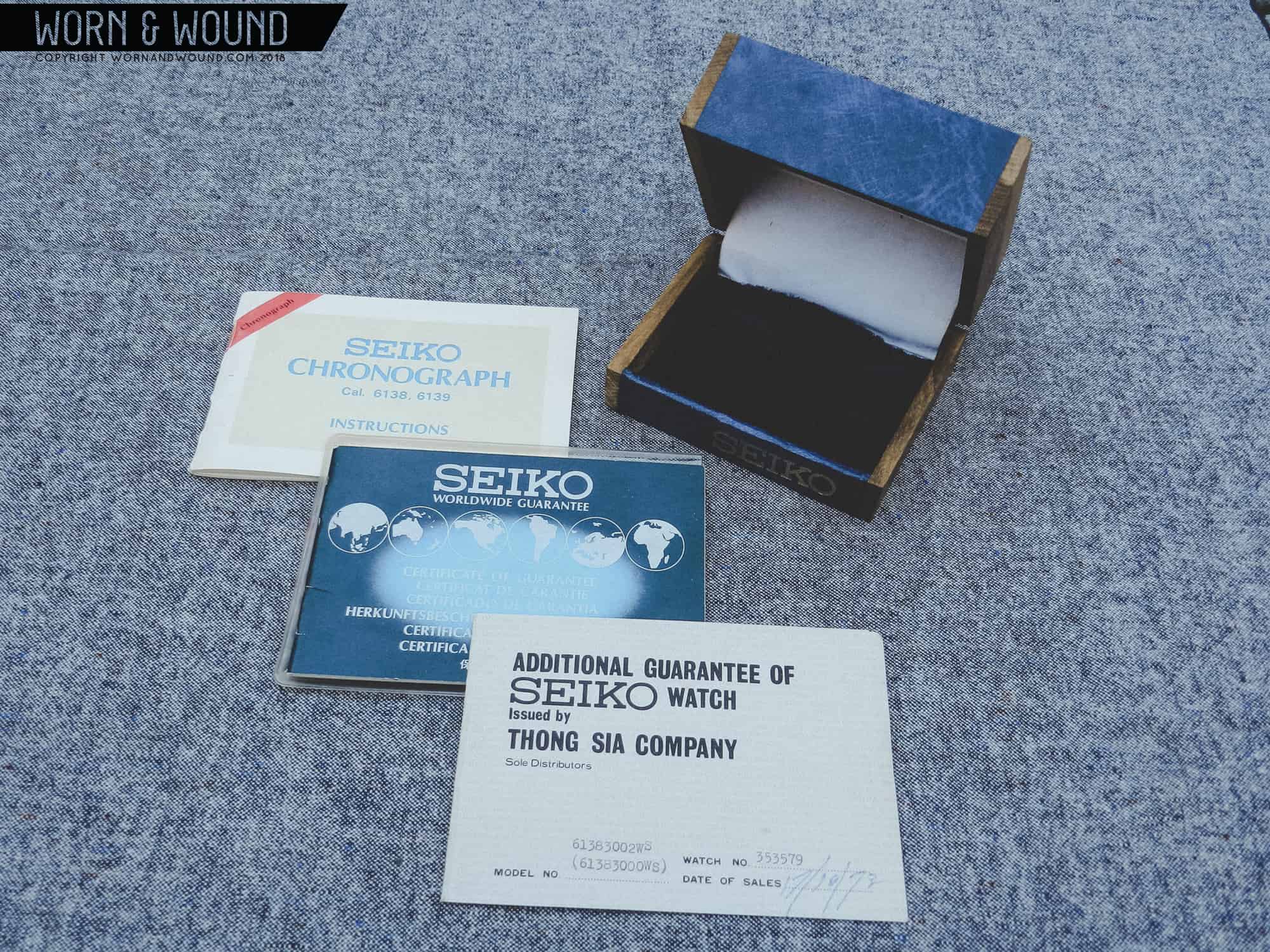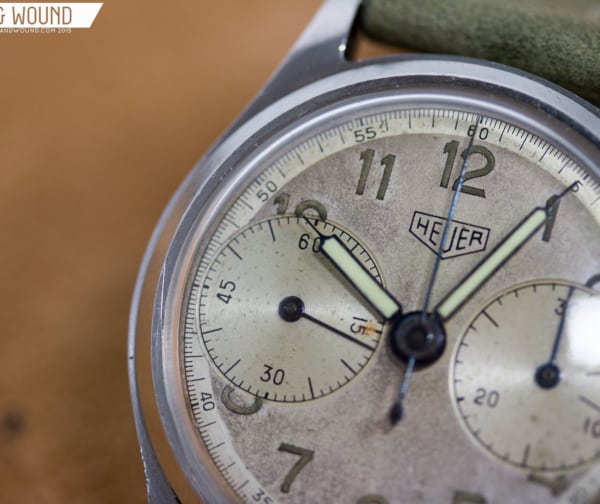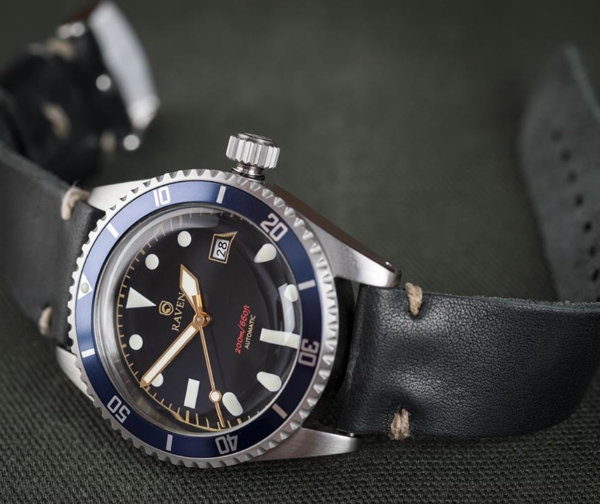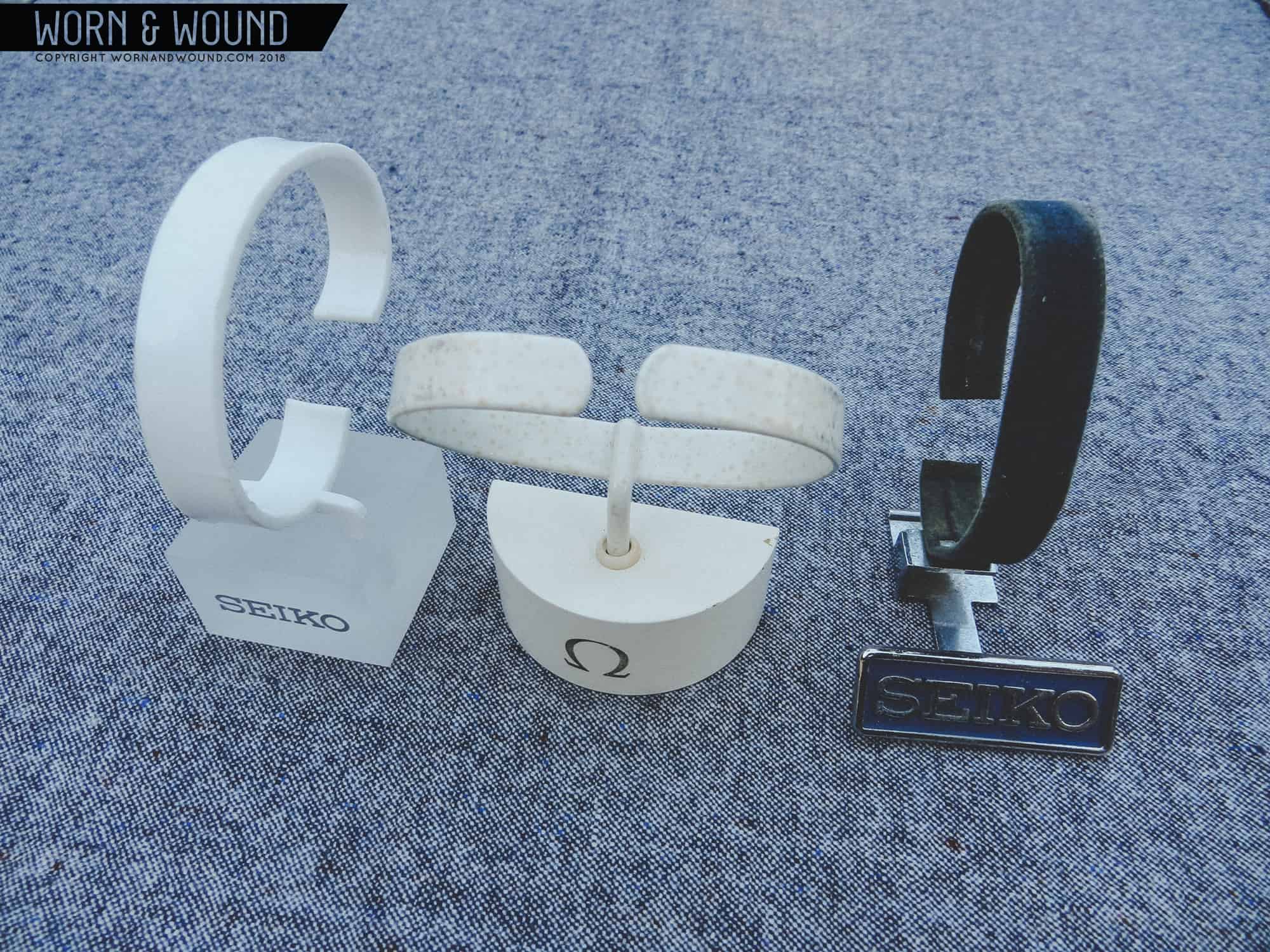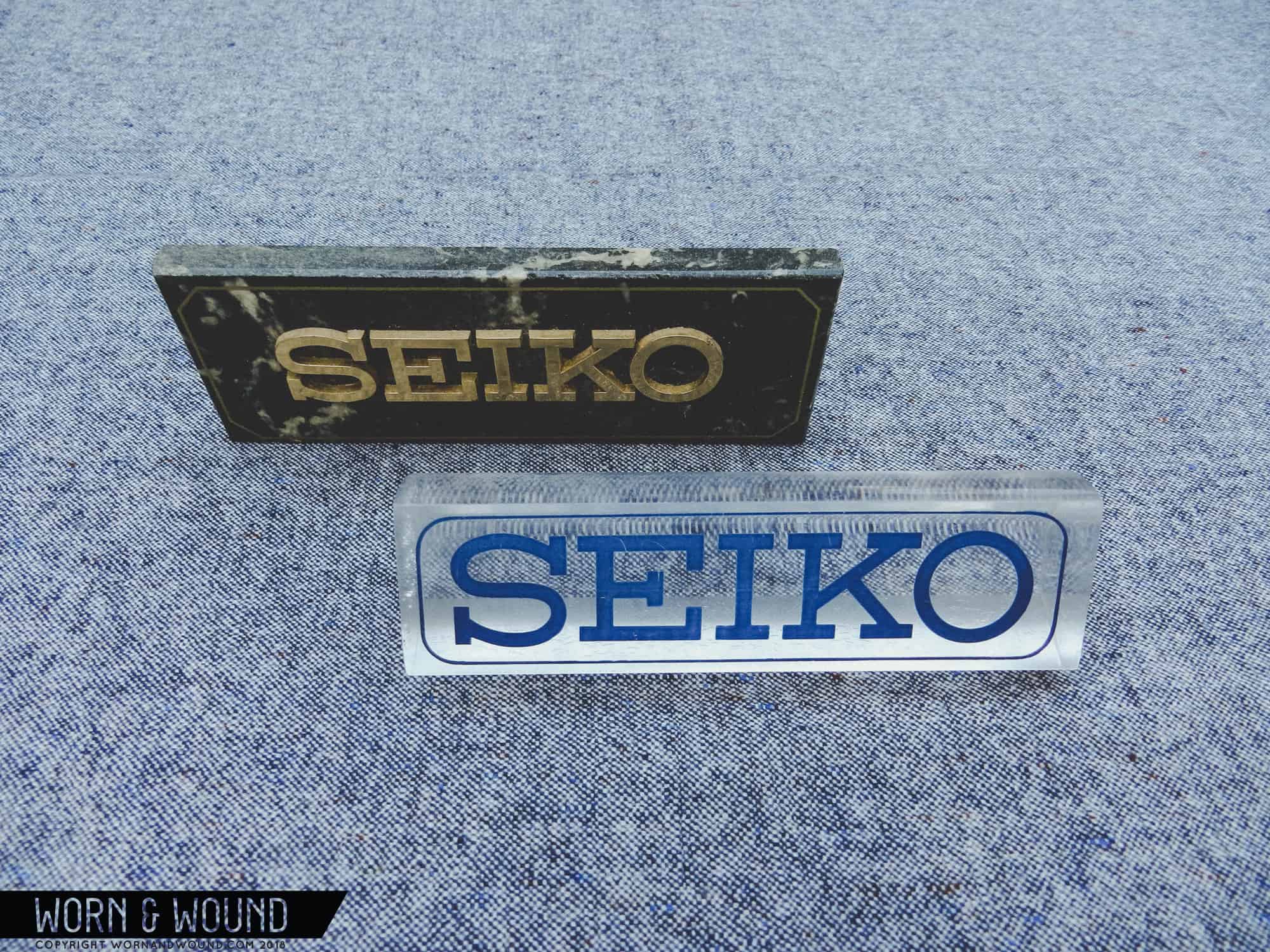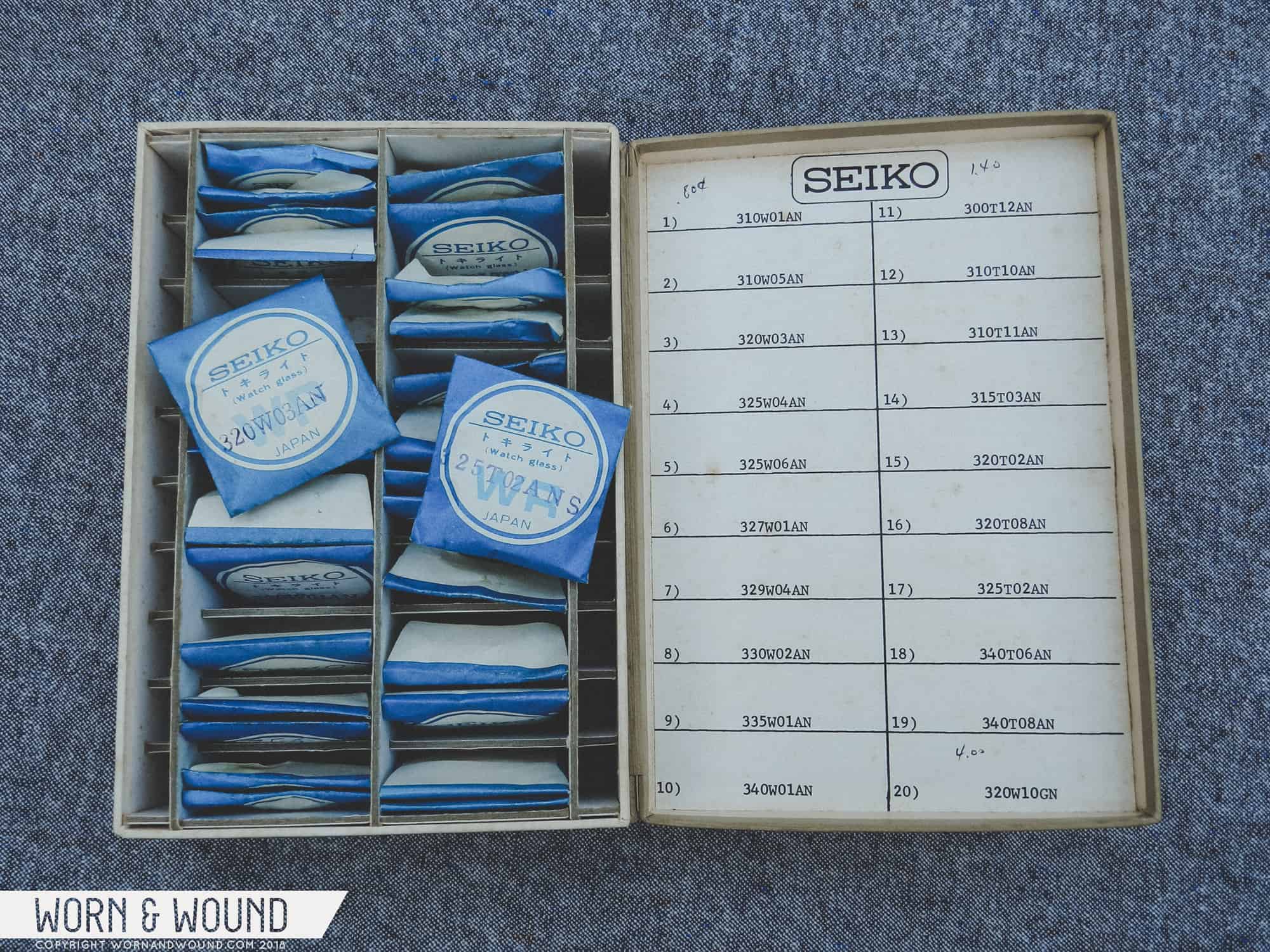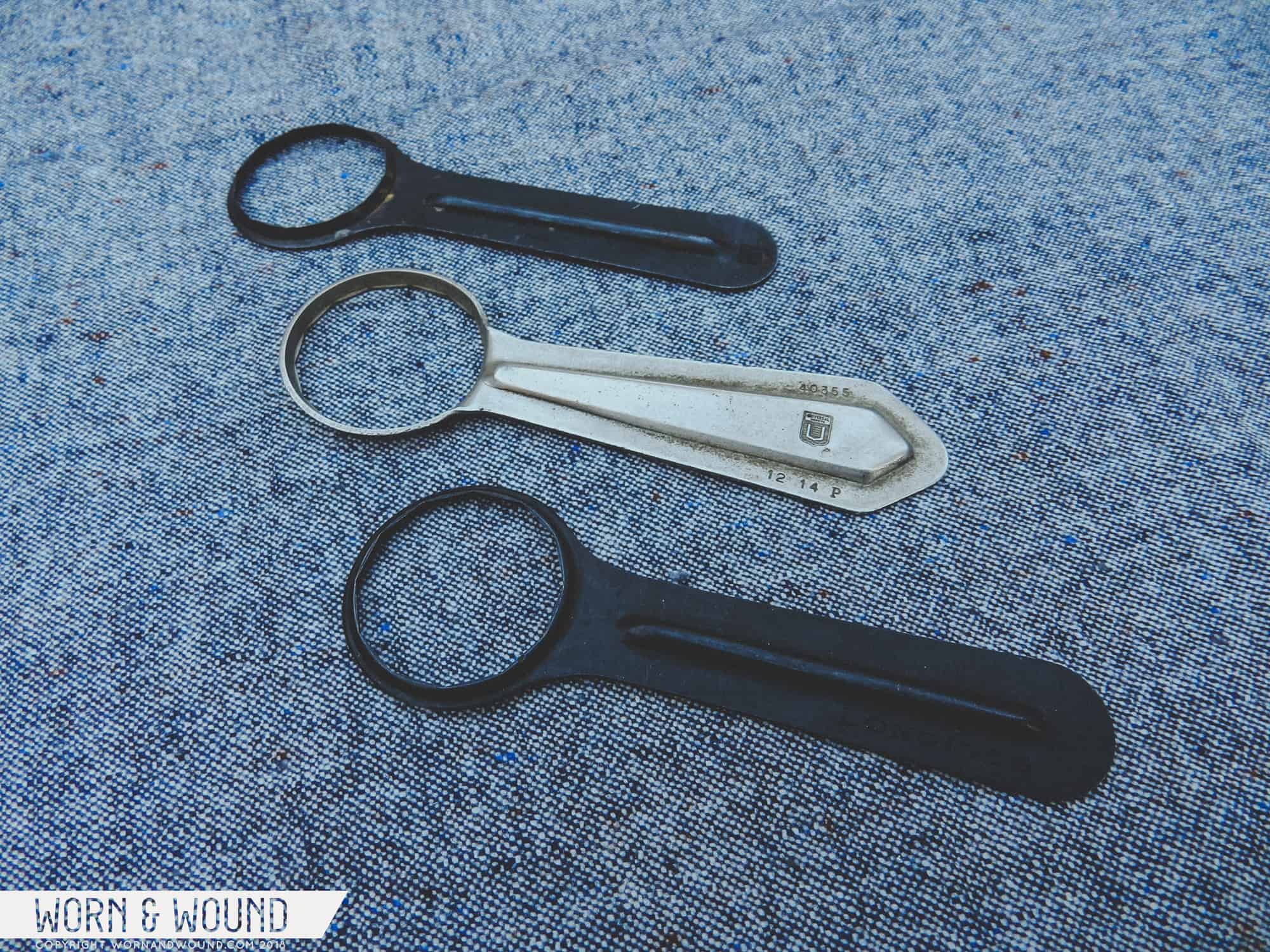Collecting vintage watches is fantastic in and of itself, with all manner of brands, models, eras, and styles to choose from and to focus on. There is quite literally something for everyone. But once you start down this rabbit hole, there is no escape. Pretty soon you’ll have a nice watch collection, but it won’t be enough. You’ll. Need. More! Thankfully, there is a whole other side to this horological madness, and it’s collecting all the extra goodies and ephemera associated with watches. What types of goodies, you might ask? How about boxes, papers (manuals, receipts, hang tags, etc.), bracelets, straps and buckles, advertisements, dealer signs and display stands, tools, and even spare parts. That should keep you busy!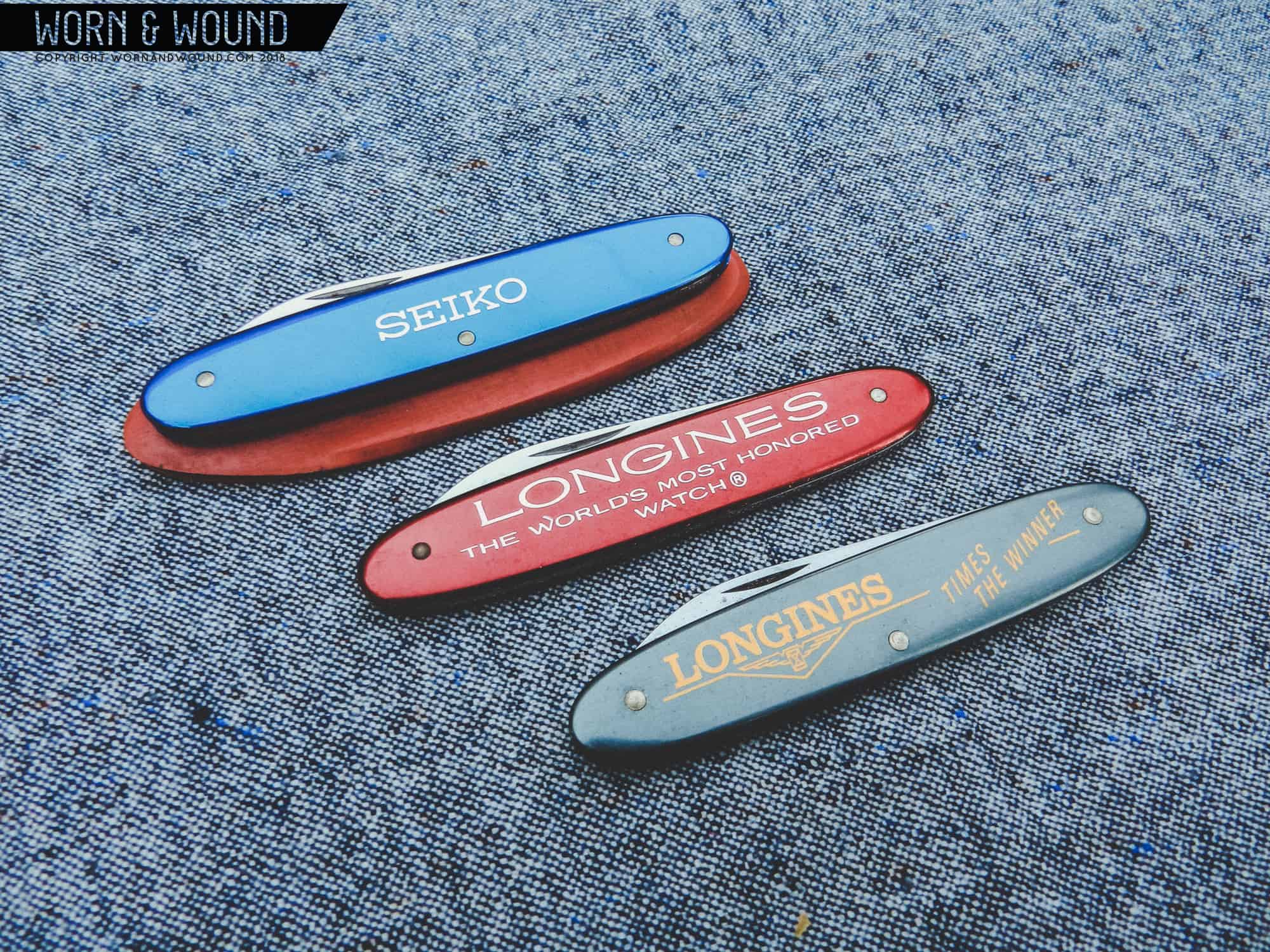
Collecting vintage accessories and ephemera can be a lot of fun, and in some cases it can even increase the value of your watches. Furthermore, there aren’t nearly as many pitfalls here as there are with collecting vintage watches. With watches you have to look out for polishing, aftermarket parts, refinished dials, and potential movement problems. With the exception of perhaps some rare high-end collectibles (vintage Rolex advertising or the like), it is highly unlikely that you’ll stumble across too much fake ephemera out in the wild—it just wouldn’t be worth the effort for counterfeiters. (With that said, I do know that there are some fake watch straps, buckles, and even bracelets on eBay, but generally most other items like boxes, stands, and signs are, in my experience, legitimate.) What you do want to look out for is the price and condition, and naturally you should expect to pay more for something in better shape.
Bracelets, Buckles, and Straps
Let’s start with bracelets. Adding an original bracelet to a watch not only adds to it aesthetically, bit it will also add to its desirability and naturally increase its monetary value. In some instances, vintage bracelets can meet or even exceed the value of their respective watches—vintage Universal Genève bracelets immediately come to mind!
Then there’s Seiko. Seiko sold many of its past watches on bracelets, but many vintage Seiko watches today come on aftermarket bands, so finding a bracelet, especially one in good condition, is a big win. I am always on the hunt for a complete set of any Seiko watch that happens to catch my eye.
“What you do want to look out for is the price and condition, and naturally you should expect to pay more for something in better shape.”









 Featured Videos
Featured Videos





